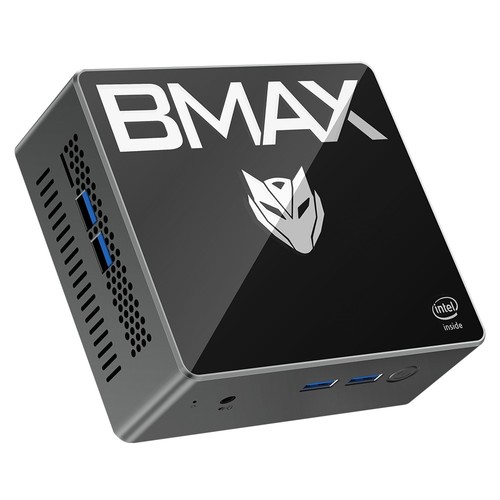

Therefore, the first step to detecting faulty memory is to return your system to the factory default. A shaky overclock causes similar symptoms as faulty RAM. Many of you are running Intel XMP 3.0 or AMD EXPO memory kits, so it's best to differentiate between an unstable memory overclock from a defective DIMM or DIMMs. In a worst-case scenario, your system might not even post and welcome you with multiple beeps.īefore running any diagnostics on your RAM, you should ensure it's running at the stock default frequency. General symptoms of bad RAM include random blue screens of death (BSOD), system crashes or restarts, operating system freezes, and missing memory.


But yes, receiving DOA (dead on arrival) RAM isn't uncommon, like any other PC component. Often, there are early signs of a failing or faulty DIMM. RAM doesn't usually stop working out of the blue.


 0 kommentar(er)
0 kommentar(er)
